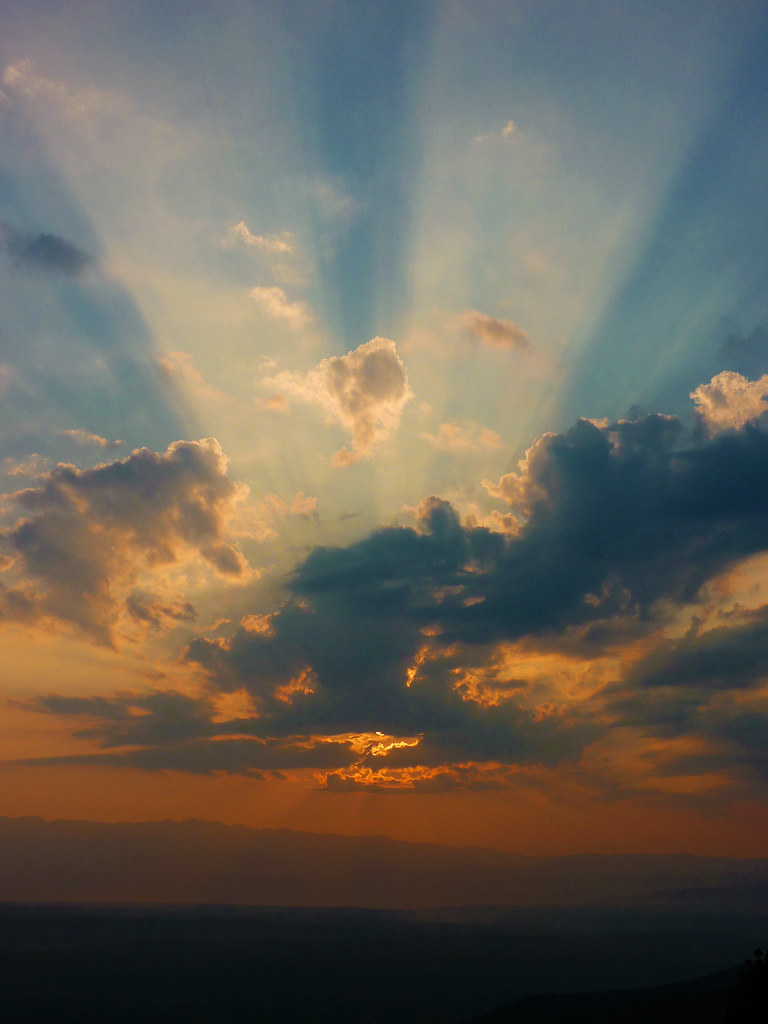The symbol representing the North is the octagon star, or octagram. This symbol can be drawn with a single line without lifting one's hand, and its mathematic regularity is likely the reason why as a pattern it is ancient and universal. In Europe, it is most commonly used in Baltic, Slavic and Uralic traditions.
In the Baltic traditions, the symbol is associated with the Latvian God of Dawn, Auseklis, which is also the name of the symbol. The corresponding Lithuanian name of the deity is Aušrinė, who is the Goddess of Dawn. In both traditions, the symbol of this deity is the Morning Star (Venus), the third most important celestial body after the Sun and the Moon. The octagram, along with the pentagram, in Latvian tradition is also called the “cross of Lietuvēns”, who is a malevolent spirit. It has this name because the symbols were used to protect against the malevolent spirit, the symbol itself signifying victory of light over darkness. The colours of this Goddess of Dawn in many Indo-European traditions is said to be from gold to saffron and red. This is clearly represented also in the Slavic name for the Goddess of Dawn, Заря-заряница — Красная девица ('Dawn the Red Maiden').
In Uralic traditions, the star has many names: kannuksenpyörä ('spur wheel') in Finnish, pügalrist ('notch cross') or Muhu känd ('Muhu whisk') in Estonian, or kuudomokirja ('Moon pattern') in Karelian, to name but a few. The symbol has developed into an emblem of the Uralic peoples in itself, being used in the national symbols of the Karelians, Udmurts, Mordvins, Székelys (in Romania) and Võro (in Estonia). It is a popular symbol in folk ornaments and it is used as a protective symbol on clothing and buildings. Unlike the Indo-European symbolism, however, the octagram in Uralic traditions is not associated with Venus, but with either the Sun (Mordvins, Székelys, Võro) or the Moon (Karelians, Udmurts). Nevertheless, the red octagram in both Indo-European and Uralic traditions symbolises rebirth, light and protection.
The second symbol is also a celestial sign and it has historically been known by various names: Sun of the Alps, Rose of the Alps, Flower of Perun, etc. Its meaning is well expressed by its most common name, “sun”, indicating that it is a solar sign. The symbol represents a six-petal rosette within a circle, forming a symmetric hexagonal pattern. The pattern can be drawn with seven interlinking circles by intersecting two circles and adding following circles on the intersection of two other circles. (It is also known as the Seed of Life if the hexagonal pattern is expanded to 19 etc. circles to form a pattern known as the Flower of Life.)
The symbol is not as widespread as the octagram, but the oldest attested example of the six-petaled rosette is from a Mycenean grave from 3500 years ago. The ancient symbol represents a different tradition from previous styles of the region and can therefore be interpreted as a clearly Mycenean symbol. Another ancient appearance of the symbol is in Cantabria, northern Iberia, during the Iron Age. The symbol has also been suggested to have been a solar symbol of the Celts, associated with the God of Thunder, Taranis. In modern folk art, it is common from Portugal and the Pyrenees to Eastern Europe, but its major area is the Alpine region. In all of the regions it has been a protective element on buildings.
Another noteworthy mention is the association of the symbol with thunder, evident in the Slavic name of the symbol, Flower of Perun, after the Slavic God of Thunder. This association is also mentioned above with the Celtic deity Taranis, and so the Sun of the Alps is not only associated with the Sun, but also with Thunder. The connection between thunder and amber is mentioned in the Lithuanian story of the birth of amber from the Sea Goddess' palace being shattered by the God of Thunder, Perkūnas (see our post on the name of Via Electri).
The two symbols represent both separately and together the celestial mythology of European traditions. The two suns represent the two ends of the Amber Road and in this way, the symbol of Via Electri travels the path of the amber from the Baltic to the Mediterranean Sea.

